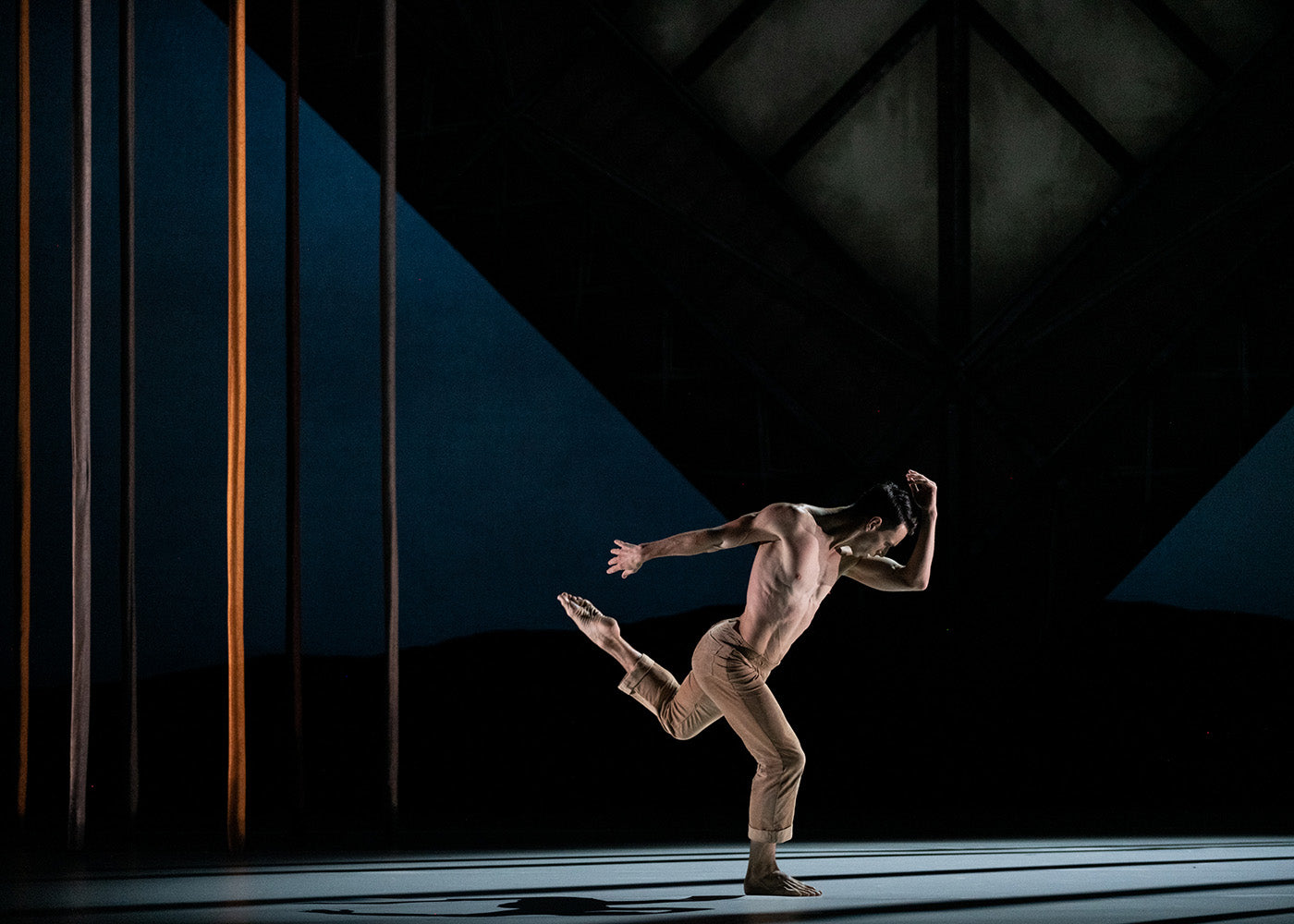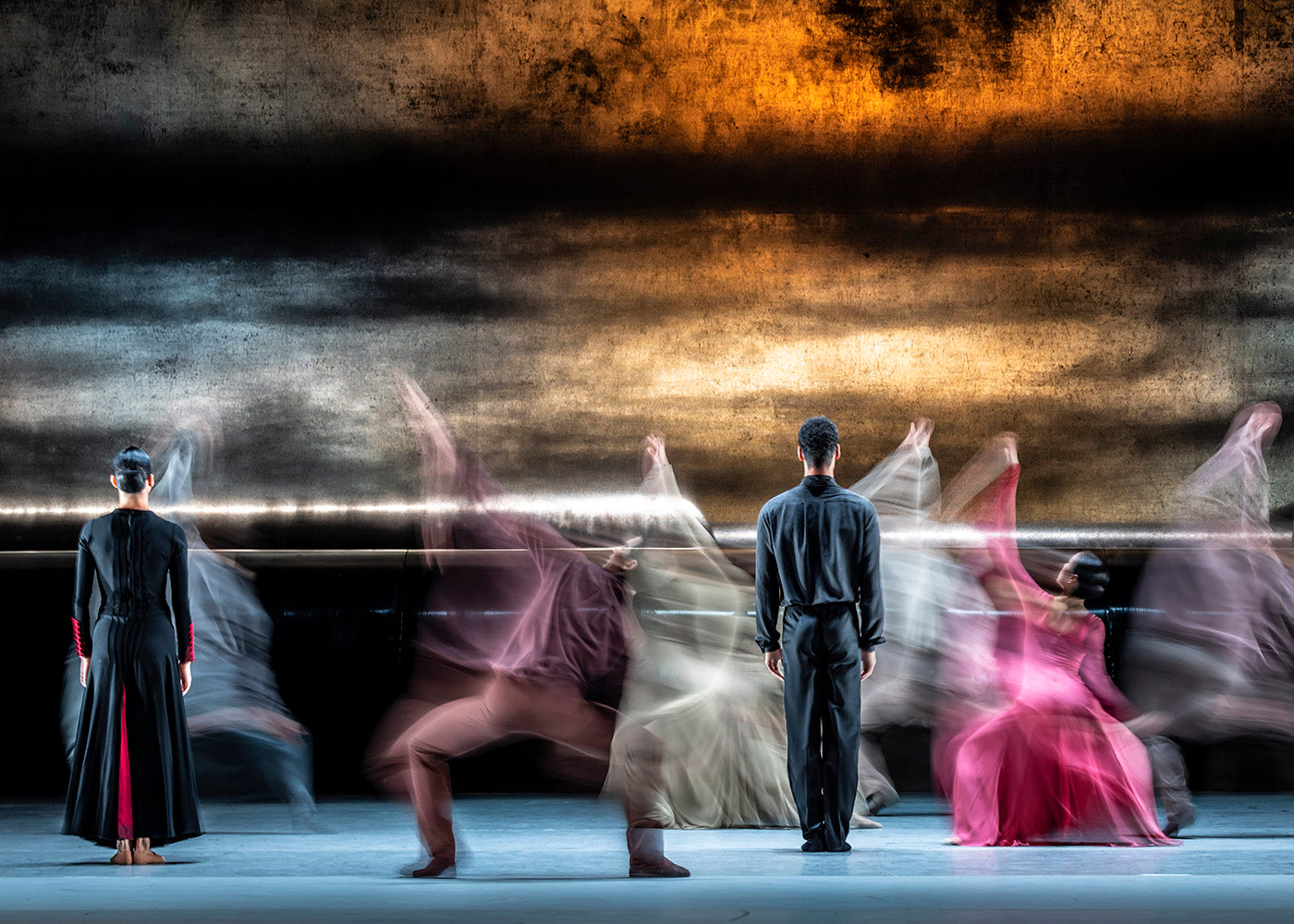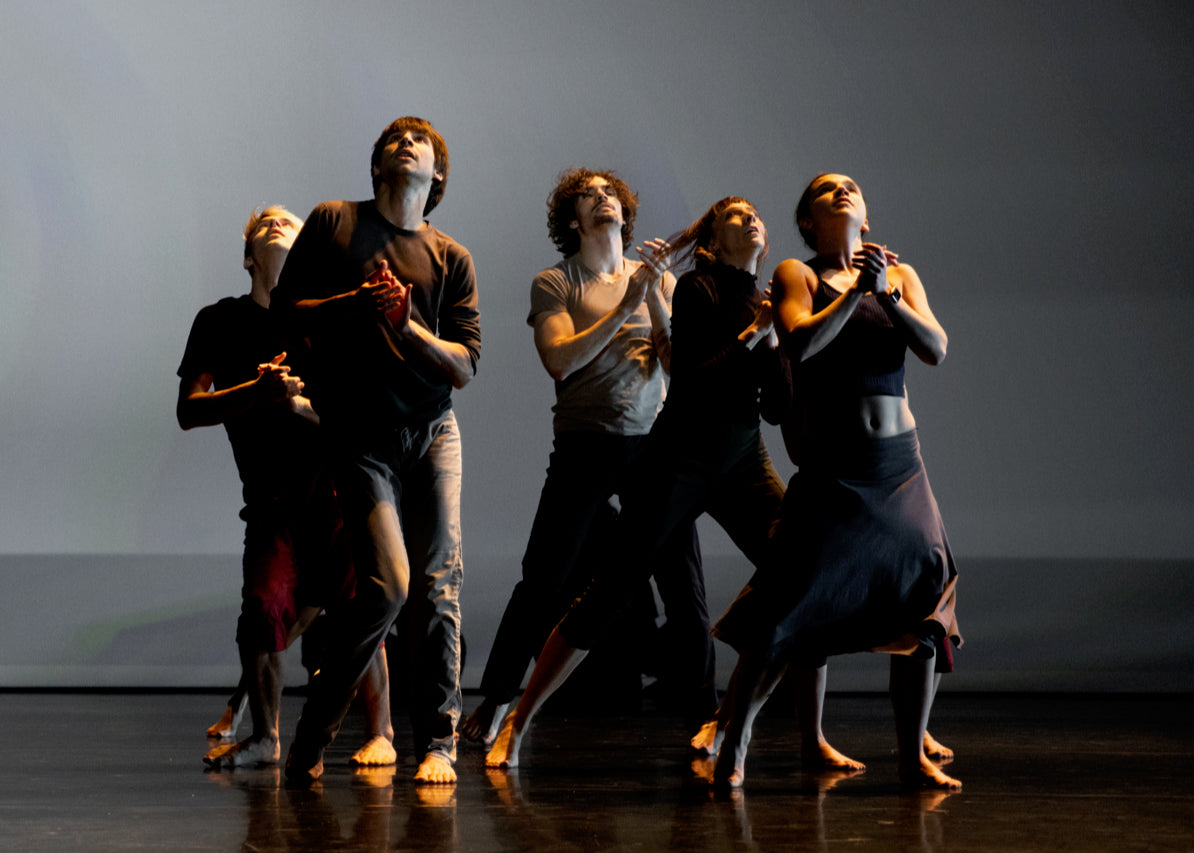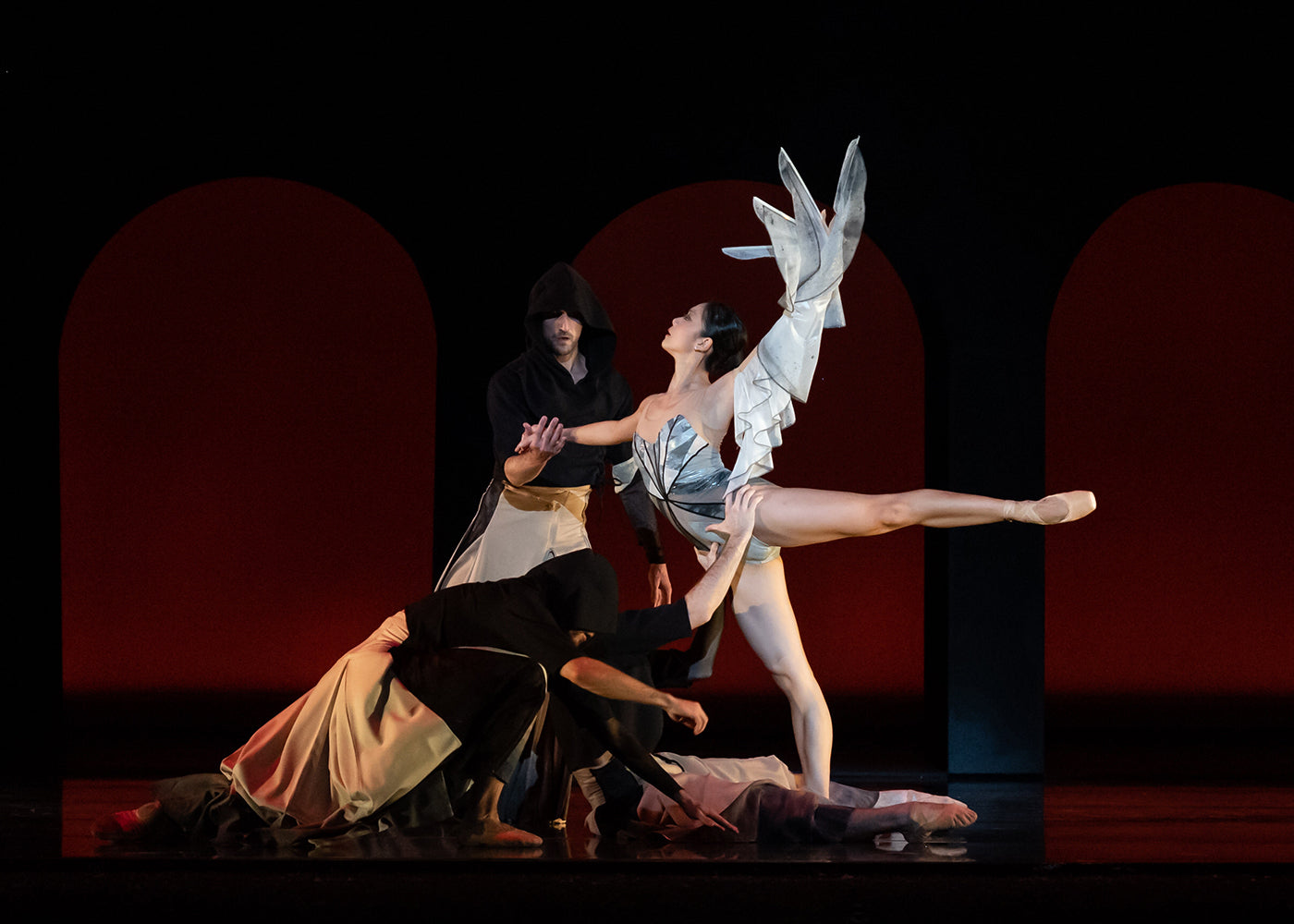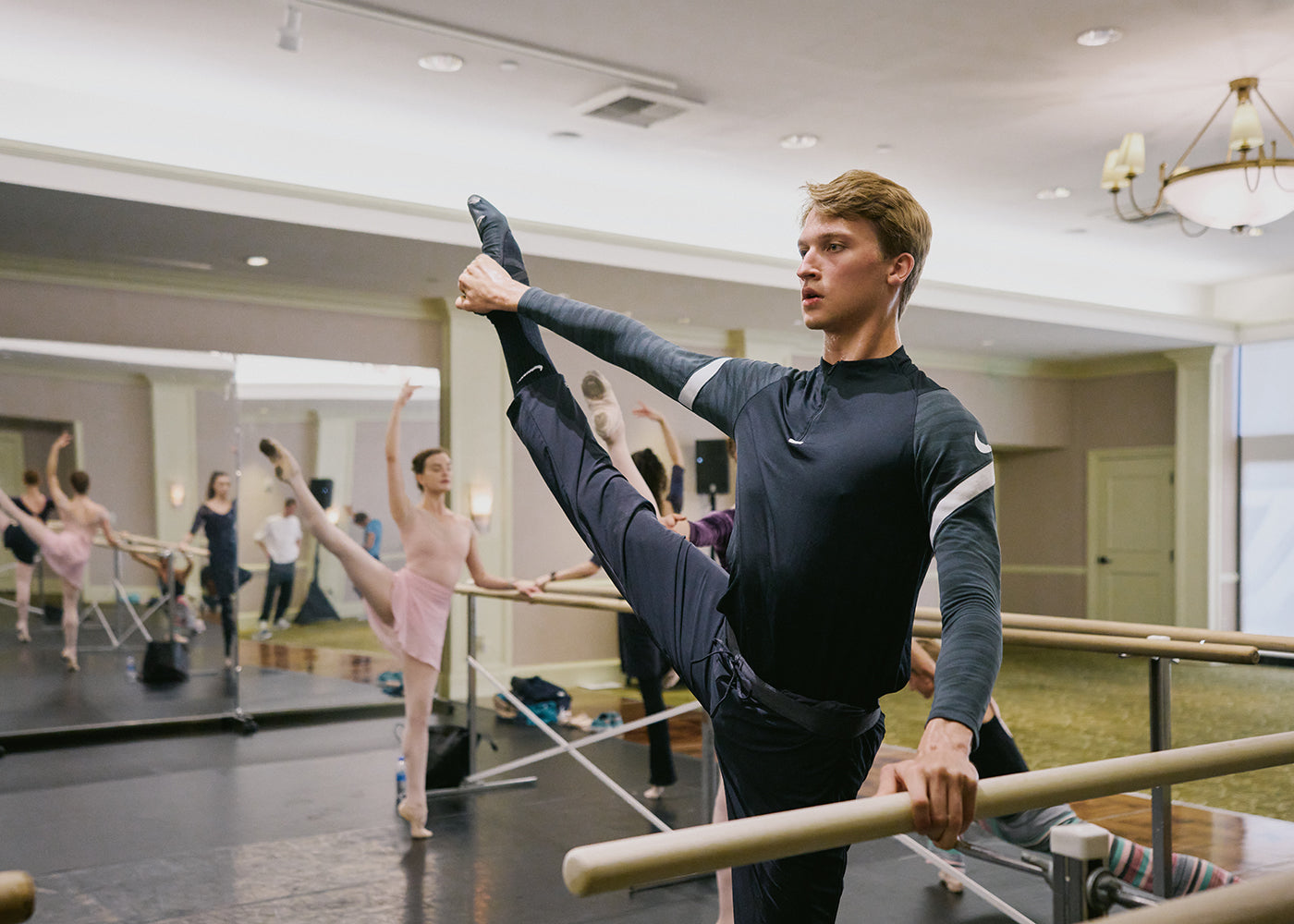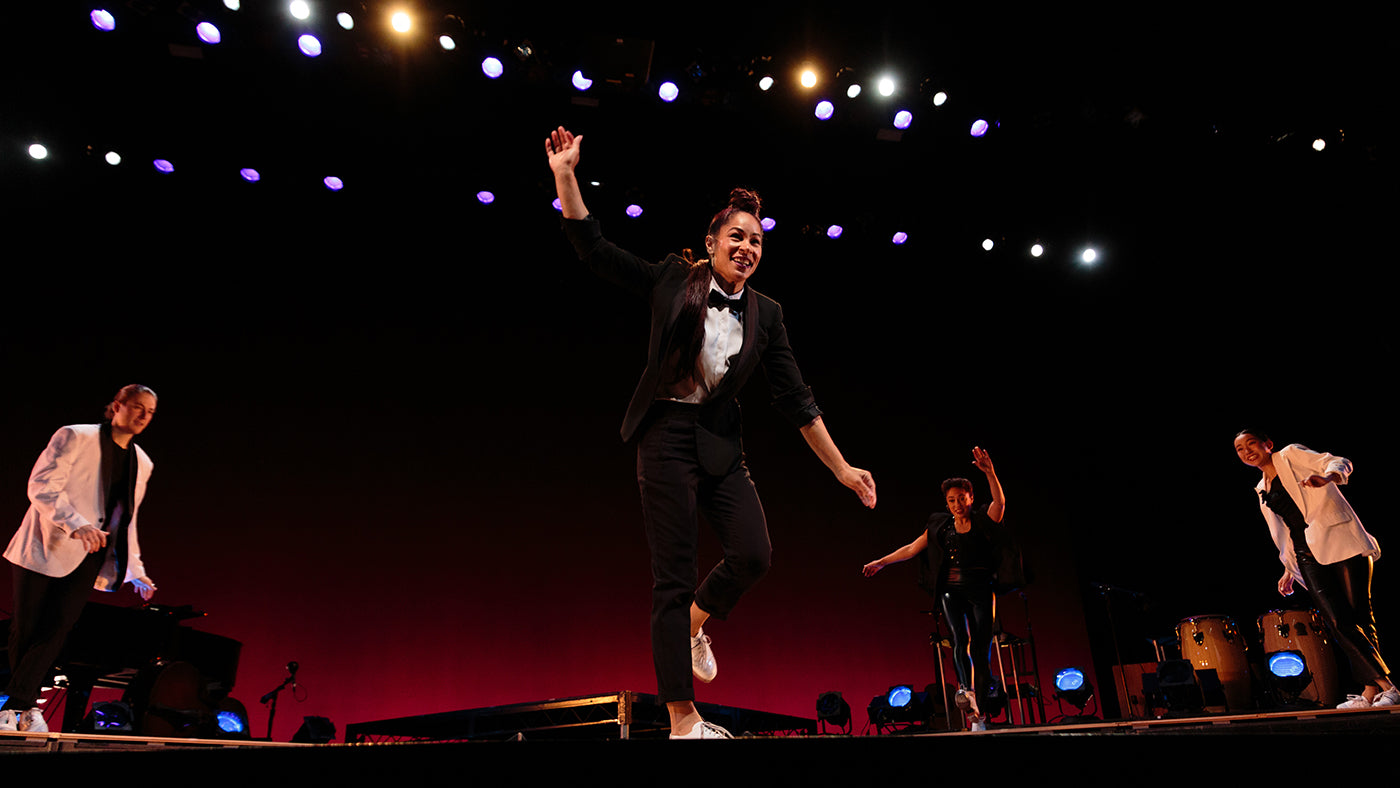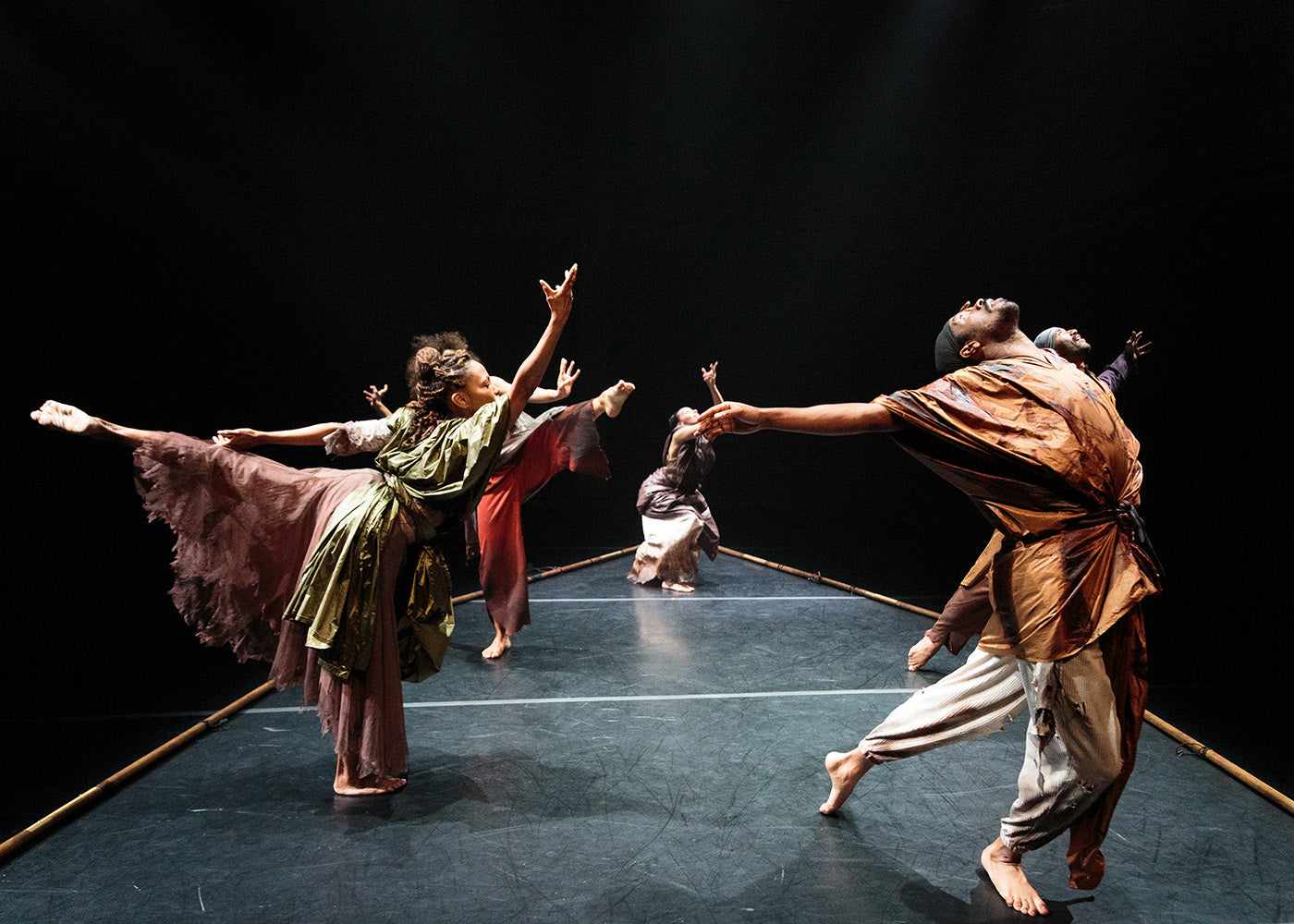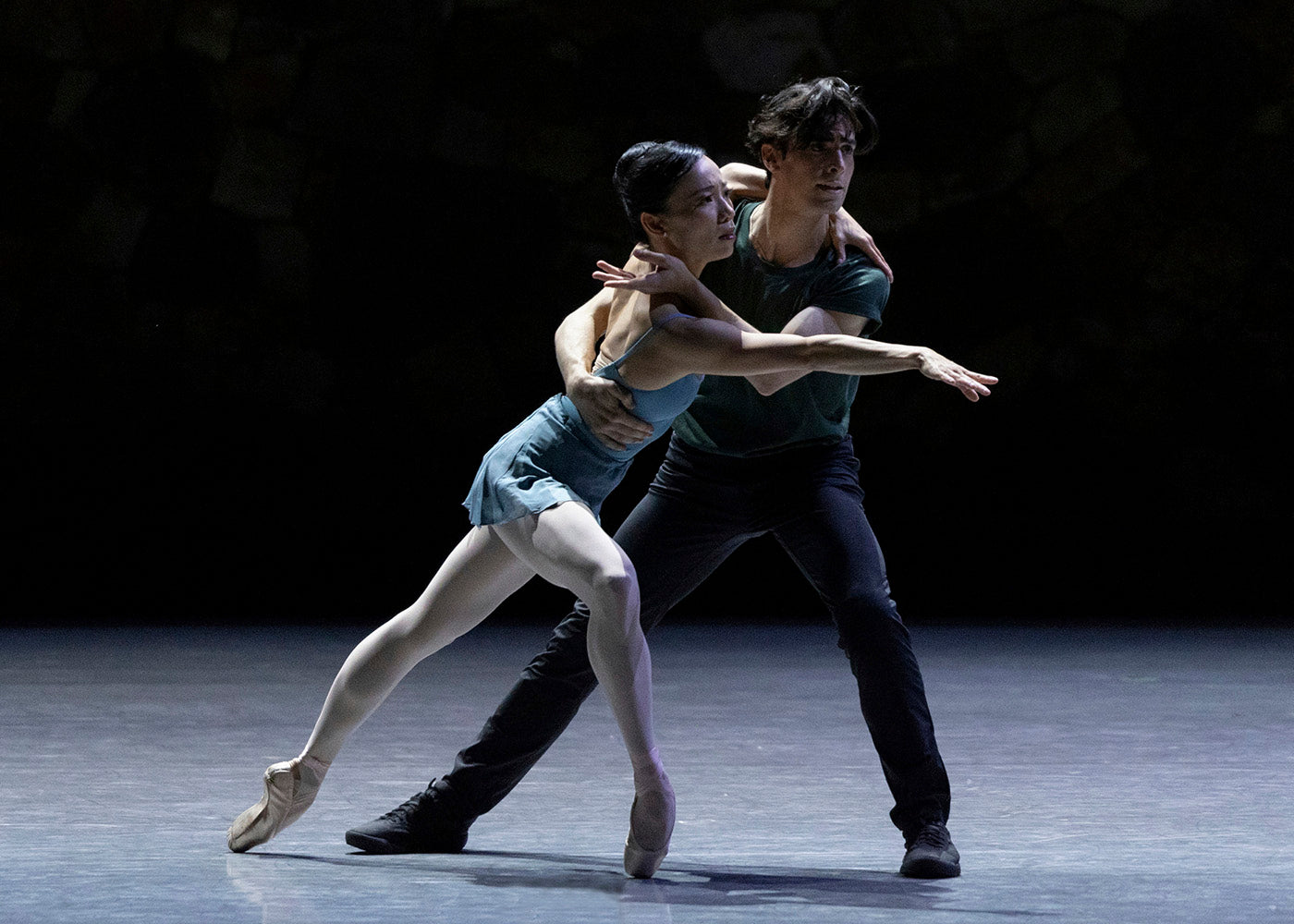Finding Out
Out Innerspace Dance Theatre is devoted to creating exciting and integral contemporary-dance works. Through their research and experimentation, the Vancouver-based company celebrates the importance of challenging preconceptions of what is to be experienced and expounded in contemporary dance-theatre. The company was officially formed in 2007 by David Raymond and Tiffany Tregarthen, after years of various collaborative endeavours together. During a pleasant conversation with Raymond, I had the opportunity to ask him for some more detailed information about the company, the process of creation of their last work, their methodology, and upcoming productions.
Plus





